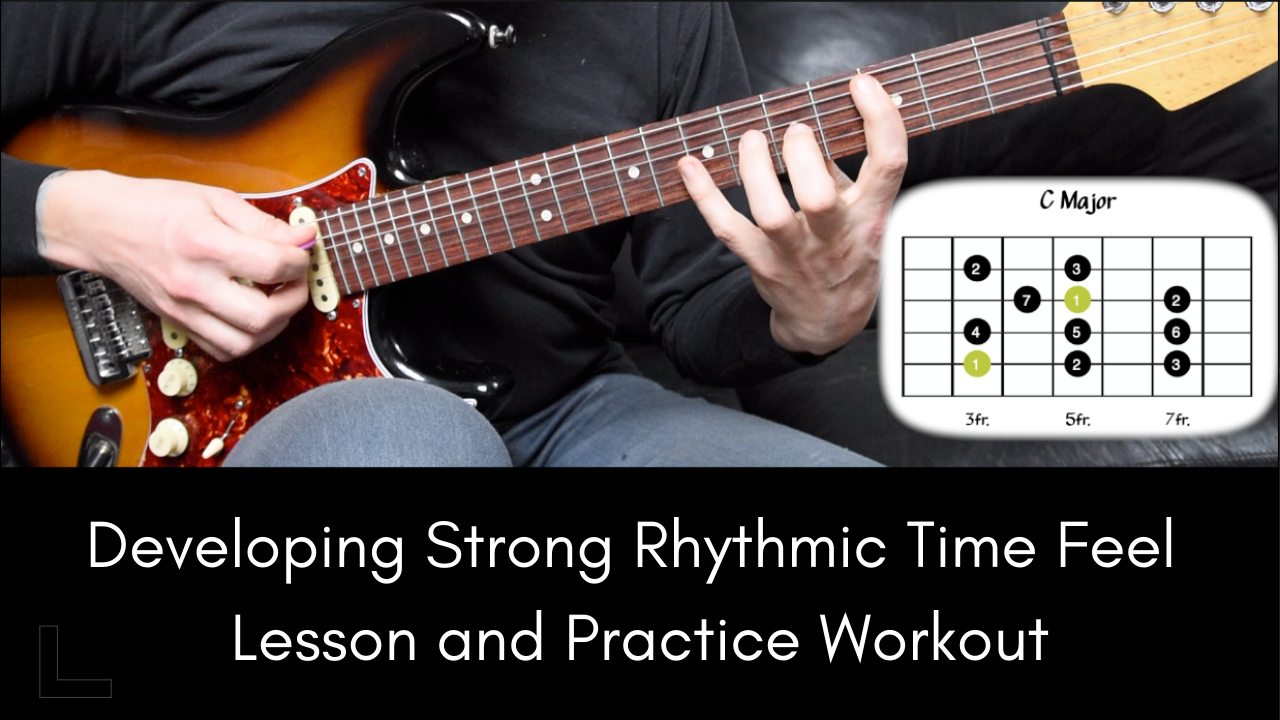There are so many different things can capture our attention when we are trying to level up our playing abilities, and this can be truly confusing for anyone who is trying to sort through the sea of information that is readily available in books and online.
While many topics are worth paying attention to, none is as important as developing a strong Rhythmic Time Feel.
Rhythmic Time Feel is the single most important element of any players sound. If you haven’t practiced developing this skill before, start now.
I use the term time feel to describe the way in which the rhythm is felt and executed by the player. Your time feel communicates to the listener your level of comfort and control over your instrument, in the musical context at hand.
A strong, consistent and relaxed time feel is the one common quality that every incredible musician on any instrument shares. If we speak specifically of guitarists, what do Wes Montgomery, Allan Holdsworth, John Petrucci and John Scofield have in common?
While there isn’t much of a thread to connect these players stylistically, all of them possess a highly developed and impeccable time feel. When you listen to them play, they sound in control of what they are playing. They are playing intentionally and with consistently strong rhythmic time feel, and that is translated to the listeners as a feeling, whether or not the listener is aware.
It doesn’t matter how many scales you know, or what abstract theory concepts you are hip to, if your rhythm doesn’t feel good, you will sound amateur. Your playing will not inspire the listeners.
The good news is that you can begin practicing this at any time along your playing journey. If you haven’t focused on this before, then the best time to start is now. Even if you have been playing for a long time and already have a good sense of timing, focusing on this is the best way to ensure continued growth and increased enjoyment.
The beauty of learning to continually focus on this element of rhythmic time feel is that you can apply this to any and everything else you practice. It doesn’t matter if you are practicing chords, scales, arpeggios, specific techniques like finger picking, tapping, sweeping or anything else, you can apply this concept by focusing on a consistent time feel as you practice.
This lesson presents some ideas on how to develop this all important skill, with a practice workout at the end to give you some patterns to practice as you work on this concept.

A simple straight forward approach on how to transform technique onto music , thank you for doing it the right way , your relaxed teaching style sets you apart from the thousands of mindless finger wiggleres that
have seemingly hijacked the platform .